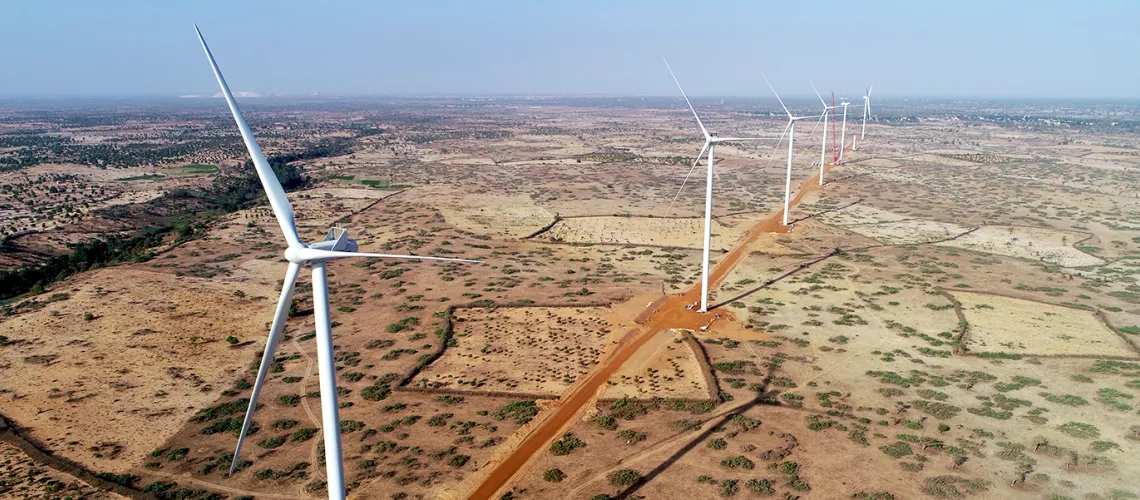Botswana government is turning to an abundant and untapped resource: wind power harnessing. Importantly, wind energy has the potential to be a game changer for Botswana’s energy market. The country has vast tracts of land with suitable wind conditions, making it an ideal location for wind farms. Botswana has an average wind speed of 5.8 meters per second at a height of 10 meters above ground level. Additionally, this is well above the minimum threshold of 4 meters per second required for viable wind power generation.
The program will involve construction of wind turbines. Additionally, the Botswana government previously strategized develop a 50-megawatt wind farm in the Kgalagadi District. Upon completion, this project will mark a significant milestone in the country’s pursuit of renewable energy sources.
Also Read: Botswana sees hope in renewable energy
Importance of Wind Power Harnessing Program to Botswana’s economy
Harnessing wind power will also have a positive impact on Botswana’s economy. The construction and operation of wind farms will create jobs and stimulate local economies. Furthermore, the wind power construction program will reduce the country’s reliance on imported electricity and fossil fuels. Currently, Botswana imports approximately 72% of its electricity from neighboring countries, primarily South Africa. This dependence on external sources exposes the country to supply disruptions and price fluctuations, which can have negative consequences for both consumers and businesses.
Other areas identified with particularly high wind speeds, include Ghanzi districts. These regions will serve as prime locations for large-scale wind farms, capable of generating significant amounts of electricity for the national grid. Additionally, the flat topography and sparse population of these areas minimize land-use conflicts and environmental impacts associated with wind farm development.
Therefore, construction of wind farms is expected to be achieved seamlessly. By investing in wind power, the country could significantly reduce its carbon footprint and improve air quality, aligning with global efforts to combat climate change and promote sustainable development.
